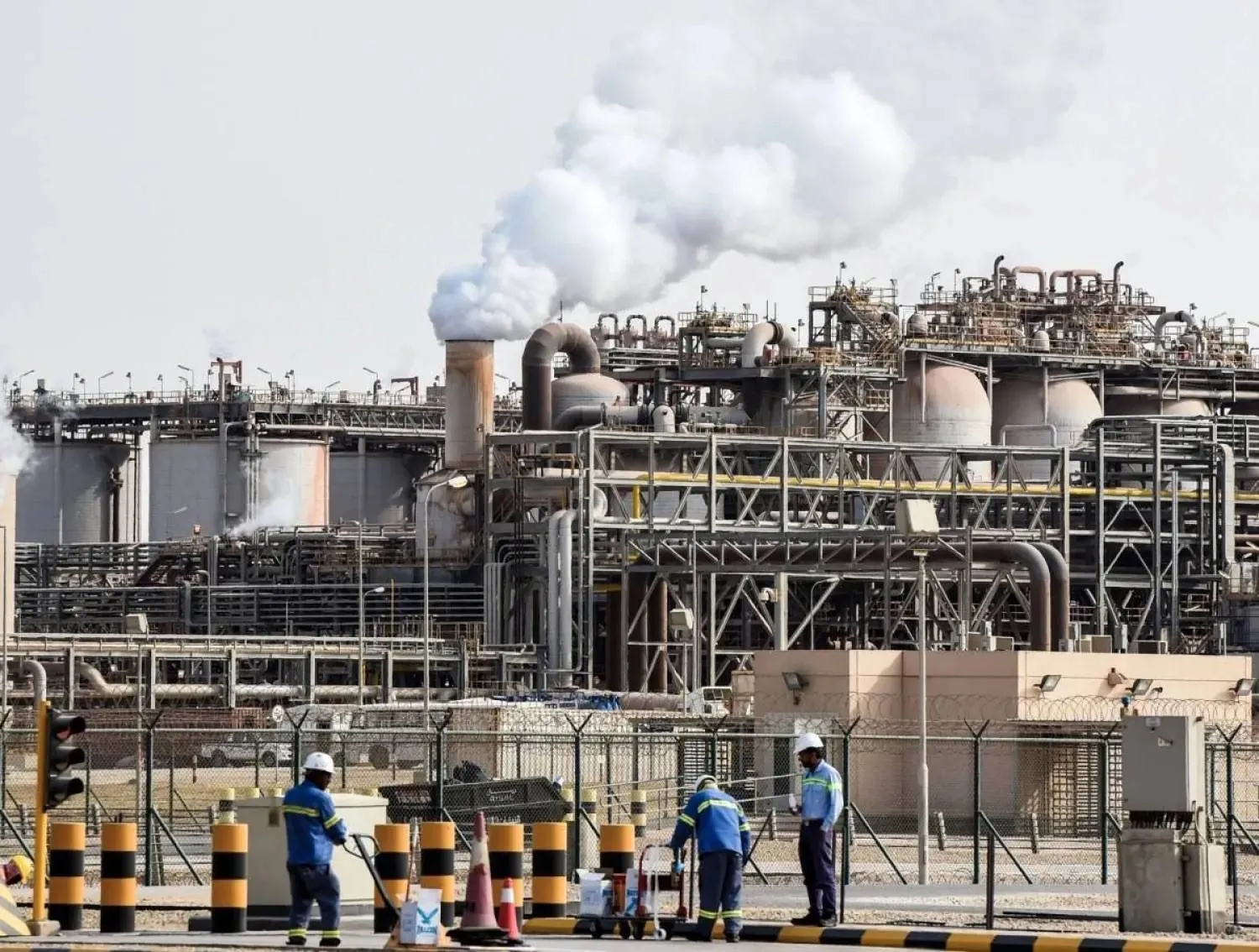Gold prices hovered near a four-week peak on Thursday, while focus shifted to jobs report due on Friday for clarity on the Federal Reserve's 2025 interest rate path.
Spot gold edged 0.1% higher to $2,664.30 per ounce, as of 0732 GMT. US gold futures rose 0.4% to $2,681.80
"Prices are trading in a narrow range ... A new trigger is needed for gold to breach its resistance," said Ajay Kedia, director at Kedia Commodities in Mumbai.
The bullion hit a near four-week high in the previous session after a weaker-than-expected US private employment report hinted that the Fed may be less cautious about easing rates this year.
The market now awaits US jobs report on Friday for more cues on the Fed's policy path.
Investors are also awaiting Donald Trump to take office on Jan. 20 and his proposed tariffs and protectionist policies are expected to fuel inflation.
Policymakers at the Fed's last meeting also "noted that recent higher-than-expected readings on inflation, and the effects of potential changes in trade and immigration policy, suggested that the process could take longer than previously anticipated," the minutes showed on Wednesday.
Bullion is considered an inflationary hedge, but high rates reduce the non-yielding asset's allure.
"We believe the bulk of the rally has been put in and that while gold's upward momentum may carry it higher in the near term and in early 2025, a combination of physical and financial market factors may tame the rally and drive gold moderately lower by the end of next year," HSBC said in a note.
Elsewhere, physically-backed gold exchange-traded funds (ETFs) registered their first inflow in four years, the World Gold Council said.
Spot silver added 0.2% to $30.17 per ounce, platinum dropped 0.3% to $952.54 and palladium shed 0.8% to $921.37.
Gold Firms; Focus on US Data for Cues on Fed's Policy Path

FILE PHOTO: A woman looks at a gold bangle inside a jewellery showroom at a market in Mumbai January 15, 2015. REUTERS/Shailesh Andrade//File Photo

Gold Firms; Focus on US Data for Cues on Fed's Policy Path

FILE PHOTO: A woman looks at a gold bangle inside a jewellery showroom at a market in Mumbai January 15, 2015. REUTERS/Shailesh Andrade//File Photo
لم تشترك بعد
انشئ حساباً خاصاً بك لتحصل على أخبار مخصصة لك ولتتمتع بخاصية حفظ المقالات وتتلقى نشراتنا البريدية المتنوعة





